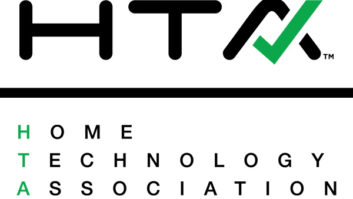
We had a job go sideways last week. I know — you probably thought all the projects at Livewire go perfectly every time. Mostly they do, but sometimes they don’t. When they don’t, we have a special talent for not just going sideways, but going — dare I say it — plaid (that’s a Spaceballs reference for anyone out there born after 1980). Sometimes we’ve gone plaid for good reasons, such as bad products, toxic clients, or myriad other legitimate excuses. Last week we went off the rails because we failed to read the manual. That’s right, failure to RTFM can happen to anyone, and all the training on the planet can sometimes have trouble counteracting a phenomenon well documented in the scientific community called “conclusion bias.”
Also by Henry Clifford: What I Learned From A TV Falling Off The Wall
Jobs in the CI world can become routinized and we start to become complacent. What we’ve always done has served us well, so why should we follow checklists each and every time? Nothing happened last time, so why should this time be any different? Complacency kills. We all have a tendency to go on autopilot with anything we do on a routine basis (try actively focusing on driving next time you’re behind the wheel). These activities become autonomic. We don’t even think about them. That’s where conclusion bias creeps in. We’re certain we’ve done everything right to produce the correct outcome, but it still won’t work. We convince ourselves that we know the answer and work toward that conclusion often in the face of objectively verifiable dissonant information. Why do we do this? We’re creatures of habit, and most of us let our egos sit in the driver’s seat when stepping back from the situation and asking for a second opinion might yield better results.
We often fall victim to conclusion bias because we’re expected to know things. The client expects we know what we’re doing 100 percent of the time even when we don’t. After all, they “paid all this money” for a particular outcome. They’re justified in that expectation, but it doesn’t give us permission to not ask for help or admit when we’re over our head.
What if we decided to suspend our own conclusion bias next time we were in a jam and asked for a second set of eyes? What if we actually listened to that second opinion instead of waiting to talk? In the case of our sideways installation, it would’ve meant five saved trips and 33 non-billable hours not wasted.
It’s easy to look in the rear-view mirror and Monday morning quarterback situations where we got caught in conclusion bias and failure to RTFM. The hard thing comes in the form of engineering a different result next time. That can only come from within your company. Do your technicians have permission to fail? Do you encourage making mistakes (just don’t make the same mistakes)? What happens if one of your installers sticks his or her neck out and tries something different? Are he or she praised or penalized?
Also by Henry Clifford: Does Your Company Practice “Lateral Service”?
Implementing a culture of “it’s OK to ask for help” and “everyone’s in charge of the end result” is hard. Each team member has to understand the mission and where they fit into keeping the promises you make. This journey begins by creating a safe space where you encourage your employees to, in the words of John Maxwell, “Fail early, fail often, but always fail forward.”
What will you do in your company to cancel out conclusion bias?
Stay frosty, and see you in the field.






